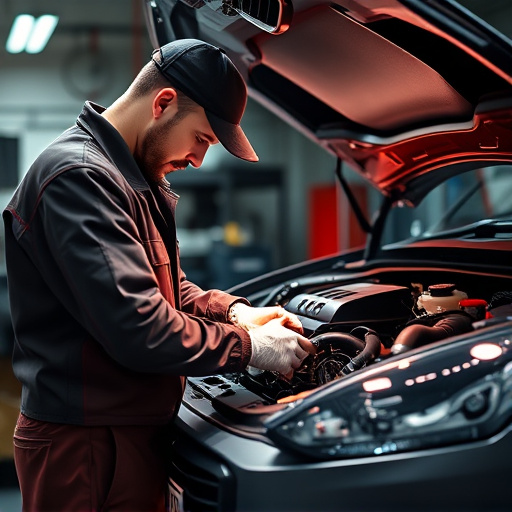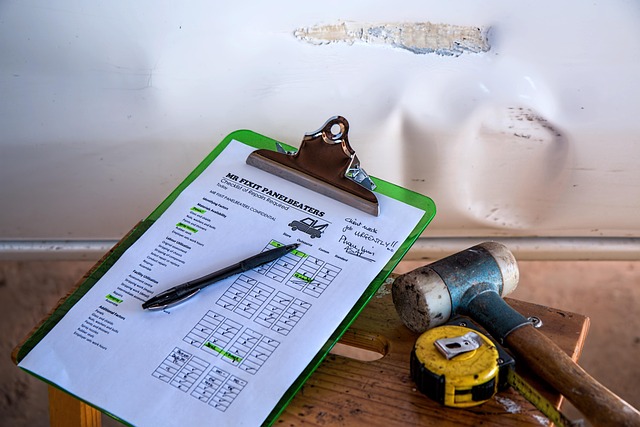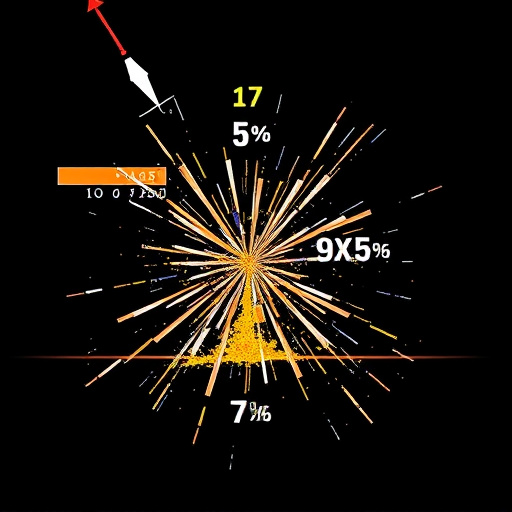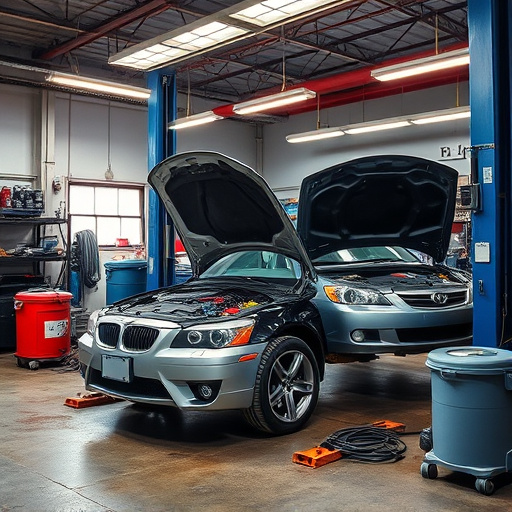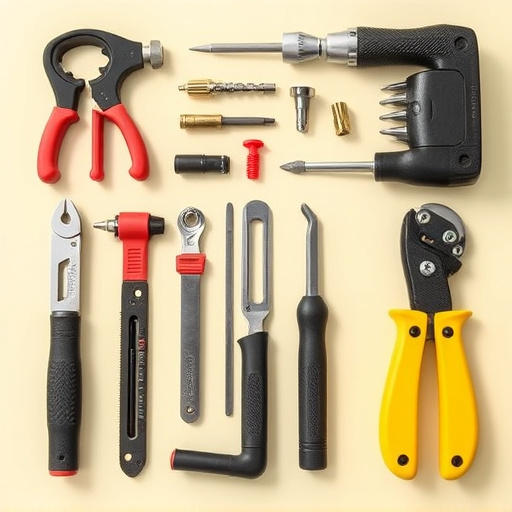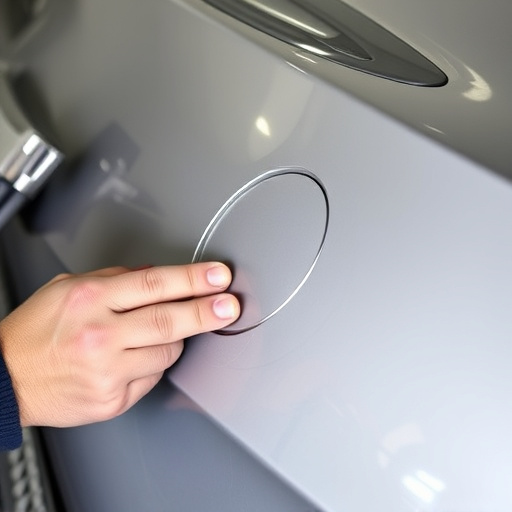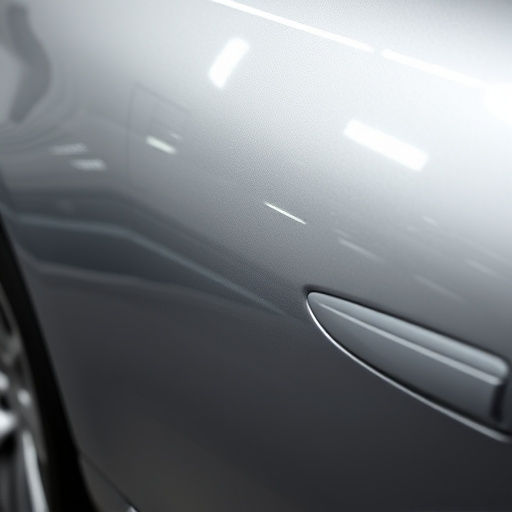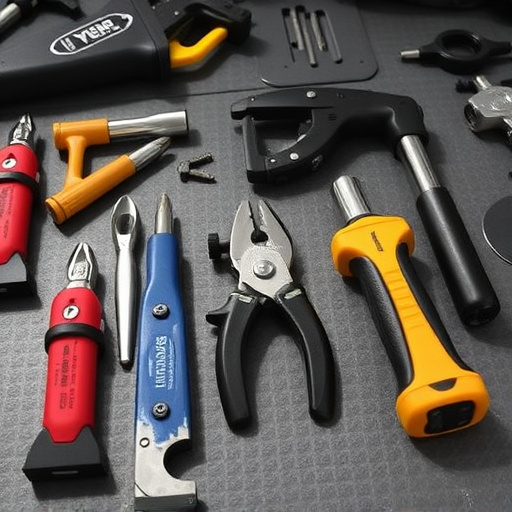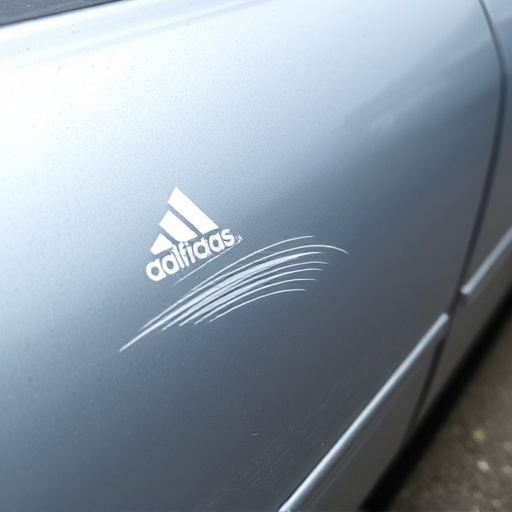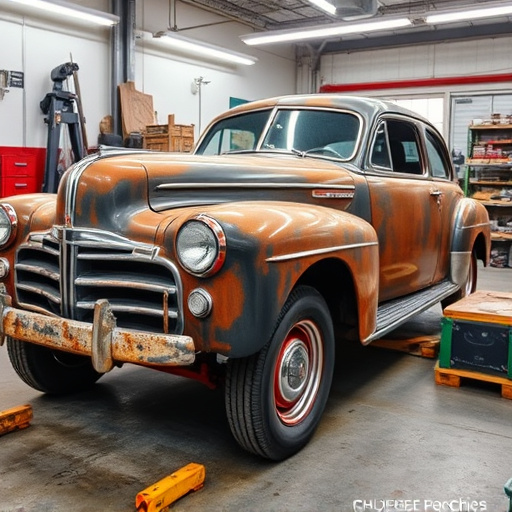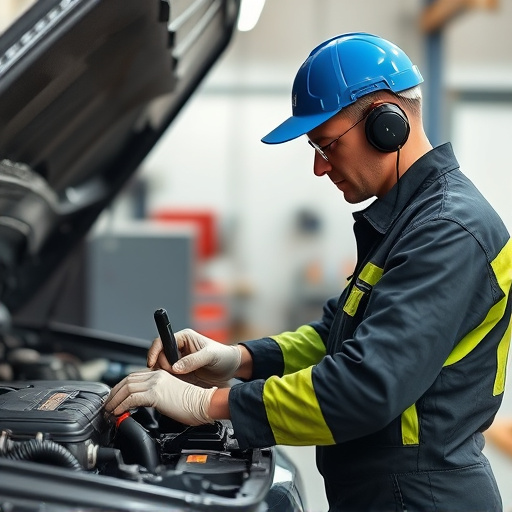Before full panel replacement, conduct a thorough exterior and interior inspection for dents, scratches, cracks, paint issues, warping, discoloration in corners/seams, and age-related damage like rust or fractures in steel panels. Early detection allows for specialized repairs instead of complete replacement, ensuring structural integrity and long-term auto maintenance.
“Discovering when your panels require a complete overhaul is crucial for maintaining a home’s integrity. This guide unravels the process of identifying panels in need of a full panel replacement. From scrutinizing exterior surfaces for damage and interior warping to understanding material degradation over time, these steps equip homeowners with the knowledge to make informed decisions. By recognizing these signs early on, you can ensure a seamless transition towards a more robust and aesthetically pleasing home.”
- Assess Exterior Panels for Signs of Damage
- Inspect Interior Paneling for Warping or Discoloration
- Consider Age and Material Degradation for Replacement Decisions
Assess Exterior Panels for Signs of Damage
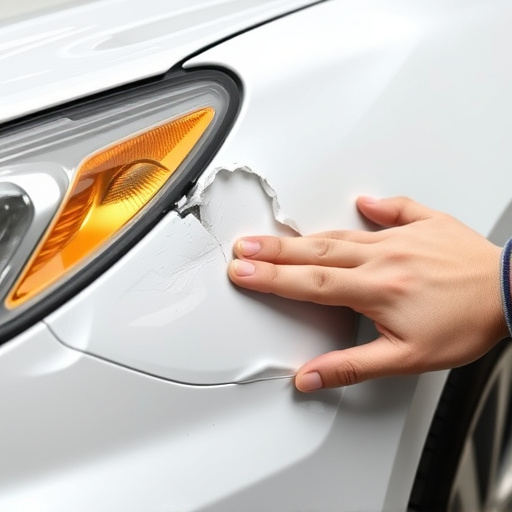
When considering a full panel replacement for your vehicle, start by thoroughly inspecting the exterior panels for any signs of damage. Dents, scratches, and cracks are obvious indicators that a panel may need replacing. These issues not only affect the aesthetics of your car but can also compromise structural integrity. A professional automotive repair service can help assess these damages, especially in the case of classic car restoration projects where every detail matters.
Look for areas where paint is chipping or peeling, which could suggest underlying corrosion. This is particularly important if your vehicle has seen better days or has been exposed to harsh weather conditions. Remember, a successful full panel replacement begins with identifying these issues early on. Services like paintless dent repair can also be beneficial in mitigating smaller dents and scratches before deciding on a complete replacement.
Inspect Interior Paneling for Warping or Discoloration
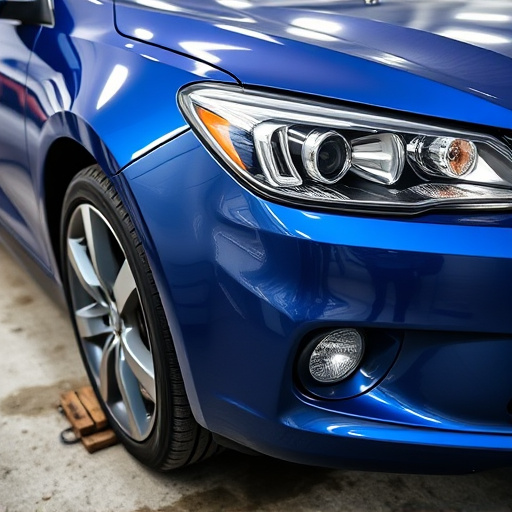
When assessing whether a full panel replacement is necessary, start by thoroughly inspecting the interior paneling. Warped or discolored panels are clear indicators that they may need to be replaced. Over time, various factors such as moisture exposure, extreme temperature changes, and normal wear and tear can cause these issues. Discoloration could signal the presence of stains or fading, while warping suggests structural damage or loss of integrity.
During this process, pay close attention to corners, edges, and seams, as these areas are particularly vulnerable to damage. If you notice any signs of significant distortion or color variations, it’s a good idea to consult with a collision repair shop for professional advice. They can help determine if the panels merely need refinishing or if a complete auto glass replacement and car body repair is required to restore your vehicle’s interior to its original condition.
Consider Age and Material Degradation for Replacement Decisions
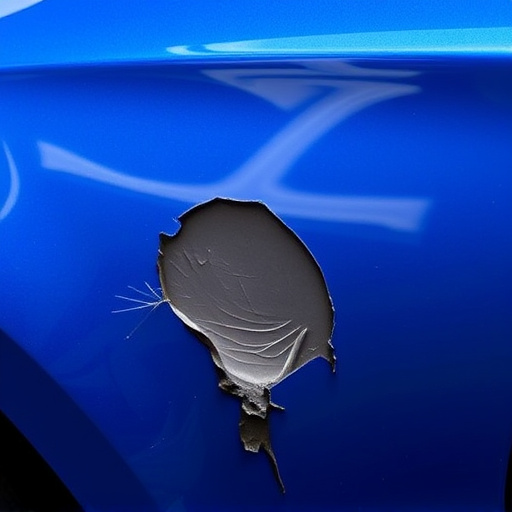
When deciding whether a full panel replacement is necessary for your vehicle, age plays a significant role. Older cars are more susceptible to frame and panel damage due to years of use, exposure to elements, and potential past accidents. If your vehicle has seen better days, it’s wise to inspect panels closely for signs of fatigue or weakness. Over time, materials can degrade, becoming less effective at protecting the car’s structure.
Different materials have varying lifespans and resilience levels. For instance, older cars with steel panels might show rust spots or fractures, indicating a need for replacement. Modern vehicles often feature more advanced composite or aluminum materials that require specialized auto body repairs when damaged. Considering both age and material condition is crucial in determining whether a full panel replacement will offer the best solution for long-lasting auto maintenance and restore your vehicle’s structural integrity post an auto collision.
When assessing your home’s exterior and interior for necessary repairs, keep in mind that full panel replacement may be required. By examining panels for damage, warping, discoloration, and material degradation, you can identify which panels need replacing to ensure your home’s structural integrity and aesthetic appeal. Don’t underestimate the importance of timely full panel replacements; doing so not only enhances curb appeal but also protects against further damage and potential safety hazards down the line.


